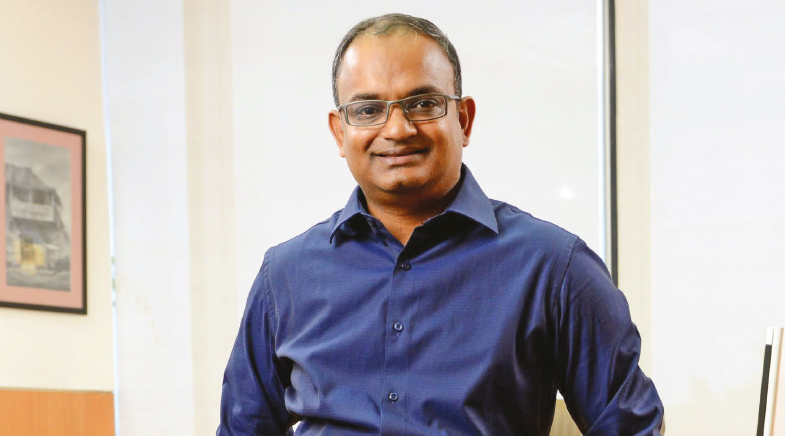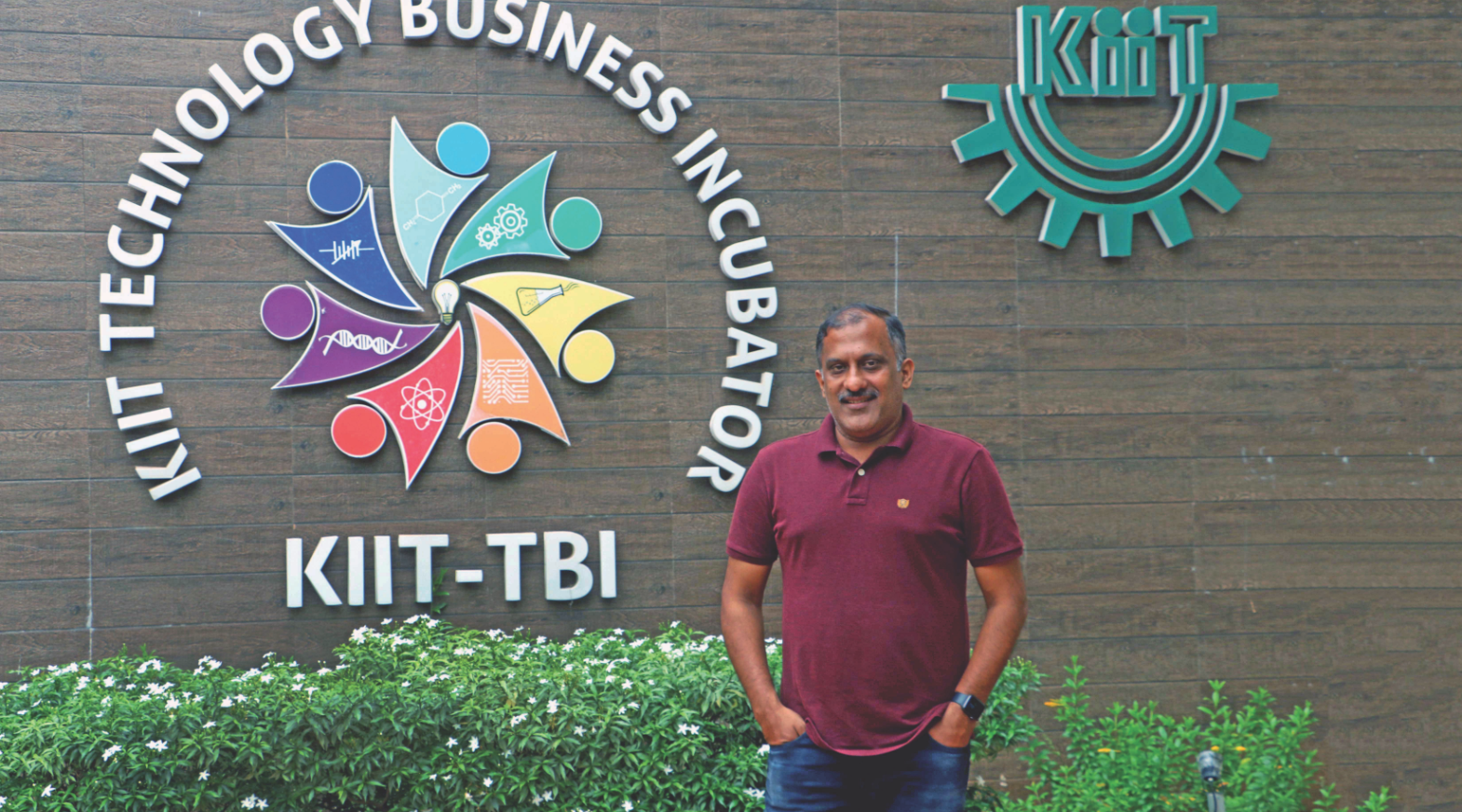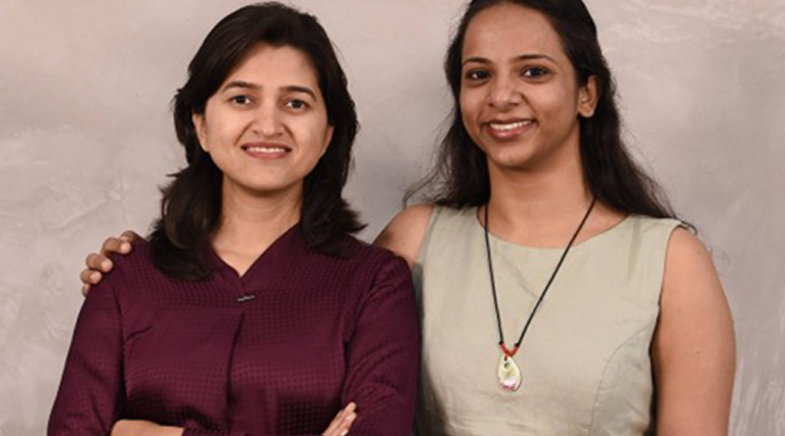Bridging the academia-industry gap
-
- from Shaastra :: vol 03 issue 11 :: Dec 2024 - Jan 2025

Industry talks quarters while academia talks semesters – still! Here's how that timescale mismatch can be fixed.
In the inaugural issue of IIT Madras Shaastra, I wrote a column titled, 'Why Shaastra? Why IIT Madras? Why now? ', introducing the raison d'être of the magazine. I argued that one of the purposes of creating the magazine was to bridge an expectation and timescale mismatch between industry and academia: "Industry... talks quarters, while academia talks semesters." The mismatch, I argued, is somewhat systemic and embedded in the very nature of the institutions. Having established IIT Madras Shaastra as the platform for conversations, I now want to propose a set of solutions for us to consider.
Industry is expected to grow its bottomline quarter over quarter. There is almost no expectation for any company to survive profitably for over a century (say). On the other hand, academia, like governments, are, in the words of Humphrey Appleby from the BBC show Yes Minister, about "still being here tomorrow" – and continuing to educate generations of young men and women. There are hundreds of universities globally as well as within India which have thrived for over a century and are still largely recognisable for a faculty member from that bygone era to slide in and contribute. Industry, on the other hand, displays no such motivation. It is important that we understand the inherent DNA of these institutions to find a win-win outcome for the greater common good.
THE LONG VIEW
Academic institutions recruit faculty members through a very rigorous selection process, mostly set in the framework of peer review. Our work output is peer-reviewed, our faculty recruitment is peer-reviewed and even our project funding is peer-reviewed. The peer review process involves colleagues similar in thought and deed, helping make decisions as a collective. As a result of this process, faculty are hired and are judged, primarily on their scholarship. They are judged also on their ability to communicate their thoughts to students and others. Both these traits are centrally rewarded in academia – both at the time of recruitment and later. As a result of peer review being central to decision-making, academia comes with an inbuilt stability of thought and deed. This is an important aspect of why academic institutions have survived for centuries, primarily as the responsibility of governments. Educating citizenry is squarely a state function, and most governments have had no problems embracing this mission. In the U.S., even private universities are supported through significant government monies in the form of research grants. Therefore, while student demand could be construed as a 'market force', universities have rarely needed to factor it into their calculations in any significant measure. This is an important reason why we see universities that have survived generations.
Academia must learn to prioritise new knowledge creation even if it is not financially rewarding.
Industry, on the other hand, has a very different decision structure. Most important decisions in companies flow top-down from a board and the leadership. There is hardly a semblance of peer review. So, a change in the top management or the board results in significant changes in priority and thinking. This flexibility is, in fact, essential to quickly respond to market changes, survive and remain profitable. One rarely finds companies that are over a hundred years old; even if we find them, they would not be recognisable today from back then.
Given their nature, the people in the two institutions may look like they come from different planets. However, the highest persuasion – being of use to society at large – is a great common motivator. This has to be seen as the yoke that binds industry and academia together. How does this cart with two 'oxen' with a timescale mismatch then function? By first recognising and developing mutual trust in each other's strengths. Industry must believe that pesky problems can only be solved from a deep technical understanding of the fundamentals of the process and the problem, while academia must believe that it is important not to intellectually devalue the hard engineering that goes into productising a solution for use by society. In addition, it is important to focus on delivering value to an industry client bearing the greater good of the society in mind. Where do we go next, once this trust is built?
COLLABORATION IN CONTEXT
The Indian tertiary education system is the world's largest, with over 4 crore students and 16 lakh teachers. PhD students account for less than 2% of this total student enrollment; that number is growing at about 7%. India's Gross Expenditure on R&D (GERD) is a paltry 0.66% of GDP, but has been growing 9.6% annually. (Global GERD has only been growing at about 4.6%.) One needs to dig deeper into the story behind the 0.66% to get the complete picture. Government spending as a fraction of GDP is about 28%, but accounts for almost 59% of India's GERD. Private sector industry accounts for about 44% of GDP and 37% of the GERD. Public sector companies, on the other hand, account for about 28% of GDP but only 4.6% of GERD. For GERD to show a healthy growth, there is a dire need to spread the base of the human resource that will participate in the R&D process. Public sector companies must embrace R&D in their respective domains, either through the use of corporate social responsibility funds or otherwise.
A mission-oriented programme is needed to double the number of R&D personnel in three years.
Indian industry has long 'collaborated' with the academia in the form of hiring the students who graduate. It is now time to add another axis to that collaboration: partnering with faculty to co-develop intellectual property. This is not as low-hanging a fruit as hiring graduates. However, the process can be rewarding, on a slightly longer timescale. India has a total of about 5.6 lakh research personnel in both academia and industry; that number has not been growing much. This lack of people is a great bottleneck in the country's intellectual property-driven growth. Of the 16 lakh academic faculty in the country's tertiary education system, only about 15,000 are research-active, leaving significant room for growth. No further investments in R&D nationally – either from public or private funds – will bear fruit materially if the country's army of R&D personnel remains stagnant in thought and count. For any country, this is as serious as its military having a similar problem.
THE WAY TO FIX IT
Here are some suggested actionables for both academia and industry. First, each medium and large company needs to take three local colleges or universities under its wing, and work with them to develop a culture of solving industry problems. This process requires mostly investment from industry engineers' time and some minimal financial resources. This will directly result in higher quality students graduating, and also fix the student employability problem alongside. Second, academia must learn to prioritise new knowledge creation as an important enterprise even if it is not as financially rewarding as teaching, say, a new undergraduate programme. Any university or college that has survived the test of time (over centuries) has embraced this thinking. It will behoove the promoters of all colleges in the country to understand that their long-term legacy rests on this function of the college. Lastly, the twain must develop mechanisms by which there is a strong two-way teaching interaction between the college and industry. These could leverage newer models such as Professor of Practice (PoP) or Visiting Industry Professor (VIP) programmes, which have been put into practice in various parts of the country.

India is too large a country to grow on the shoulders and work of less than 6 lakh R&D personnel. There is a compelling need to develop a mission-oriented programme to double this count in three years. Governments and their scientific research arms will also need to align their policies to this mission and incentivise both industry as well as academia to participate in the mission. 'Jai Vigyan! Jai Anusandhan!' will only be delivered by the ideas emanating from this growing, energetic, young R&D workforce.
See also:
Indian start-ups dive into deep tech phase
Fuel for take-off
Start-ups born on campuses
Support systems for start-ups
Space start-ups get into a higher orbit
Outlook positive
Chipping in
The rise of quantum.in
Automated growth
India is poised for a tech leap
Have a
story idea?
Tell us.
Do you have a recent research paper or an idea for a science/technology-themed article that you'd like to tell us about?
GET IN TOUCH















